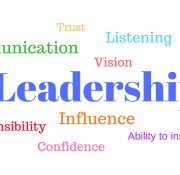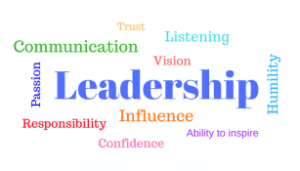FAQ: Is the APR Credential Good for Life?
By Ben Butler, APR
[ This is the fifth post in the APR Journey Series exploring the Accreditation in Public Relations credential and the journey to getting it. Check out the introductory post here. ]
The APR journey requires an intensive amount of front-end work. Naturally, you may be asking the question, “Is the credential good for life?”
Yes, and no.
The Low-Down: As Long As You Maintain, You Won’t Have to Go Through the Formal Process Again
The bottom line is once you successfully complete the examination process, you won’t need to go through it verbatim again. This is, of course, as long as you participate in maintenance. More on that in a moment.
So, that hard work you front-ended will be well worth it. In my opinion, maintenance is in the natural flow of any APR professional’s journey and doesn’t compare to the rigor of securing the credential.
All About APR Maintenance
To maintain the Accreditation, you will have to gather a minimum of 10 maintenance points over a three-year period.
The point breakdown includes:
- Five points in “Continuing Education and Professional Development”
- Five combined points across “Professionalism” or “Public Service.” It can be all Professionalism, all Public Service or a mix.
Maintenance Category: “Continuing Education and Professional Development”
“Continuing Education and Professional Development” refers to formal study in a college/university setting or time spent in communications subject matter.
Points within this category come from some familiar sources:
- Online seminars
- National conferences
- Chapter programming
- Completing the APR study course (as an Accredited Member)
- Advanced College/University Degrees (automatic reaccreditation)
- Serving as a panelist or instructor
- Publishing a book (automatic reaccreditation)
Maintenance Category: “Professionalism”
“Professionalism” is reflected in your service to public relations organizations.
Once again, some familiar point sources here:
- Serving as a National officer or board member
- Chair of national committee or district chair
- Serving as a local Chapter officer
- Scoring a regional award from PRSA Chapters
- Receiving a national award
- Receiving a Silver Anvil Award
Maintenance Category: “Public Services”
These points are gained through volunteer or pro-bono work within the field.
The APR journey is all about showcasing not just your tangible skills and experience, but a life-long commitment to growth. That journey doesn’t stop whether you’re a young or retired professional.
Also as you can see from the actual categories, and their content, the points represent things that (in my opinion) an active communications professional should be doing anyway. If you’re not, you may be inactive in the industry, which doesn’t merit the retention of the credential.
All it takes is some documentation of your annual activities along the way.
The above-points are a high-level view. If you’d like to take a deeper dive, check out some additional resources here.
Need help? Get in touch with me — I’m happy to be your sherpa.
Ben Butler, APR, is the client services director for Top Hat, an award-winning marketing communications firm in Pittsburgh, and the Accreditation Director for PRSA Pittsburgh. In his past life he served as a public relations guy for a motorsports complex, director of inbound partnerships for an inbound marketing agency and head of communications for a software startup. He’s been named a Top Under 40 Communicator and is Accredited in Public Relations (APR)—a distinction held by less than 20-percent of all practitioners.
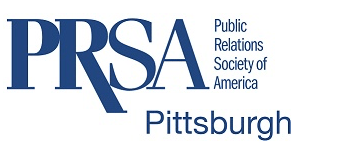


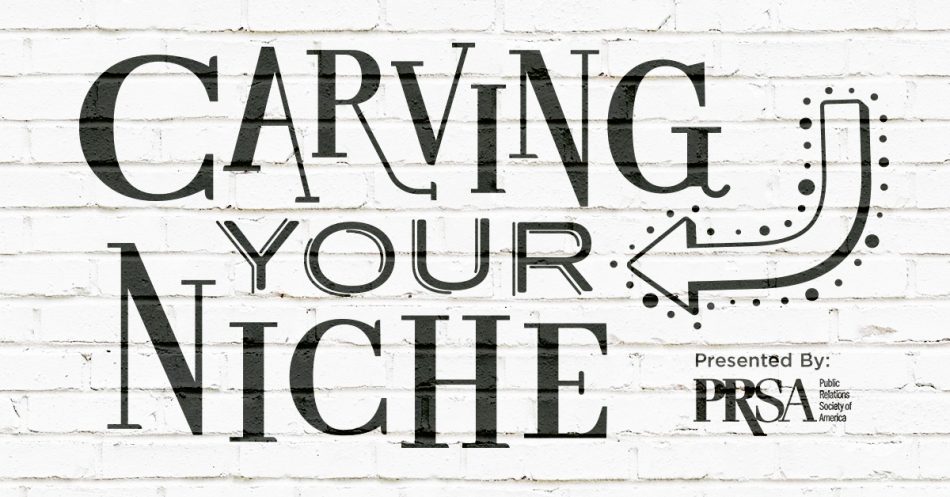


 Kelley Skoloda, Chief InfluencHer and Angel Investor,
Kelley Skoloda, Chief InfluencHer and Angel Investor,  Betsy Benson, Publisher,
Betsy Benson, Publisher, 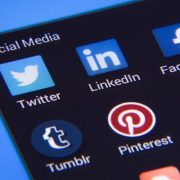
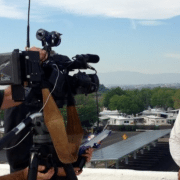

 Bridgette Borst Ombres is a former television news reporter turned PR and marketing professional with a decade of experience working in the communications field across agency, corporate and nonprofit sectors. Bridgette is the director of marketing and communications at a tech company in Pittsburgh and also consults for a variety of businesses.
Bridgette Borst Ombres is a former television news reporter turned PR and marketing professional with a decade of experience working in the communications field across agency, corporate and nonprofit sectors. Bridgette is the director of marketing and communications at a tech company in Pittsburgh and also consults for a variety of businesses.


